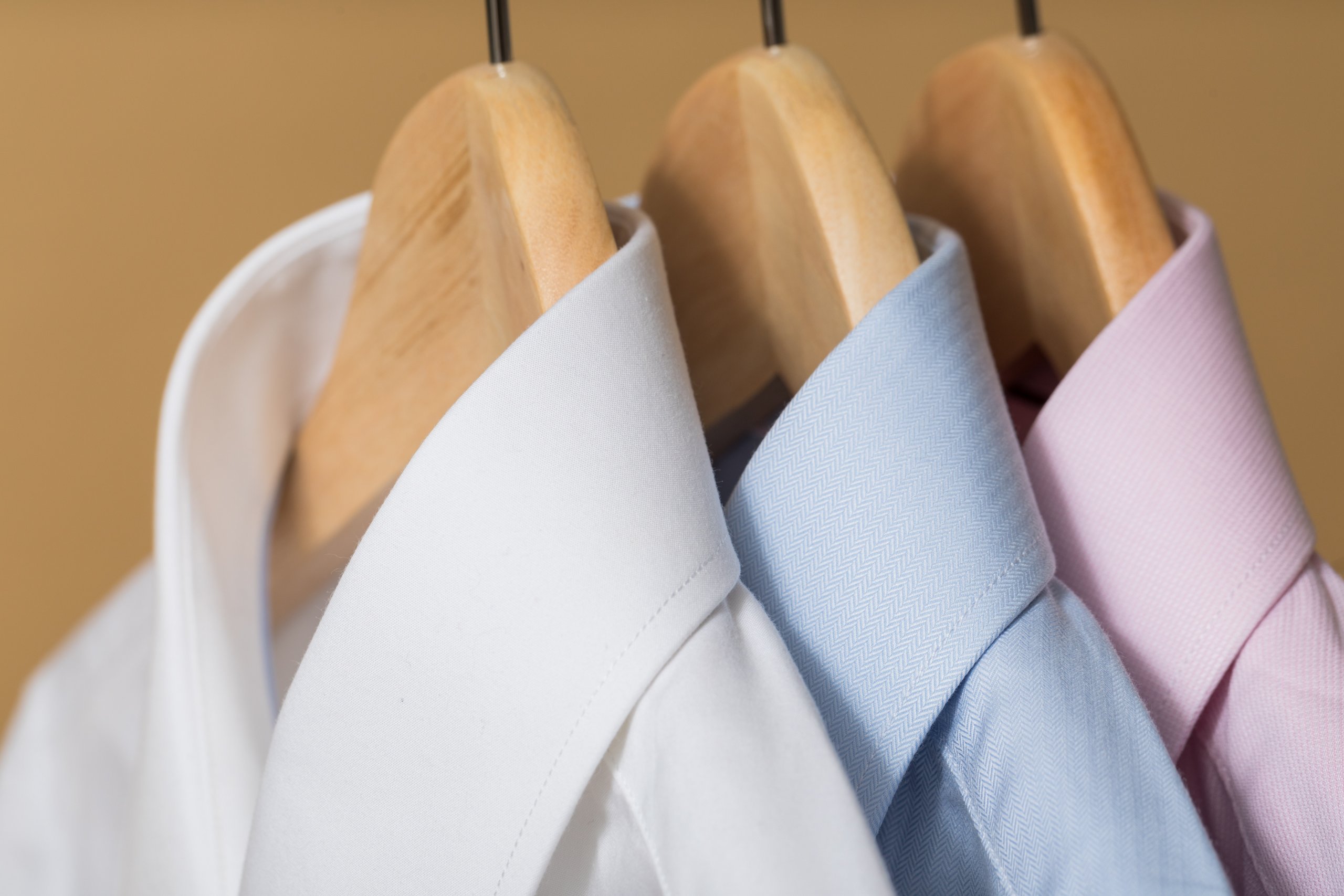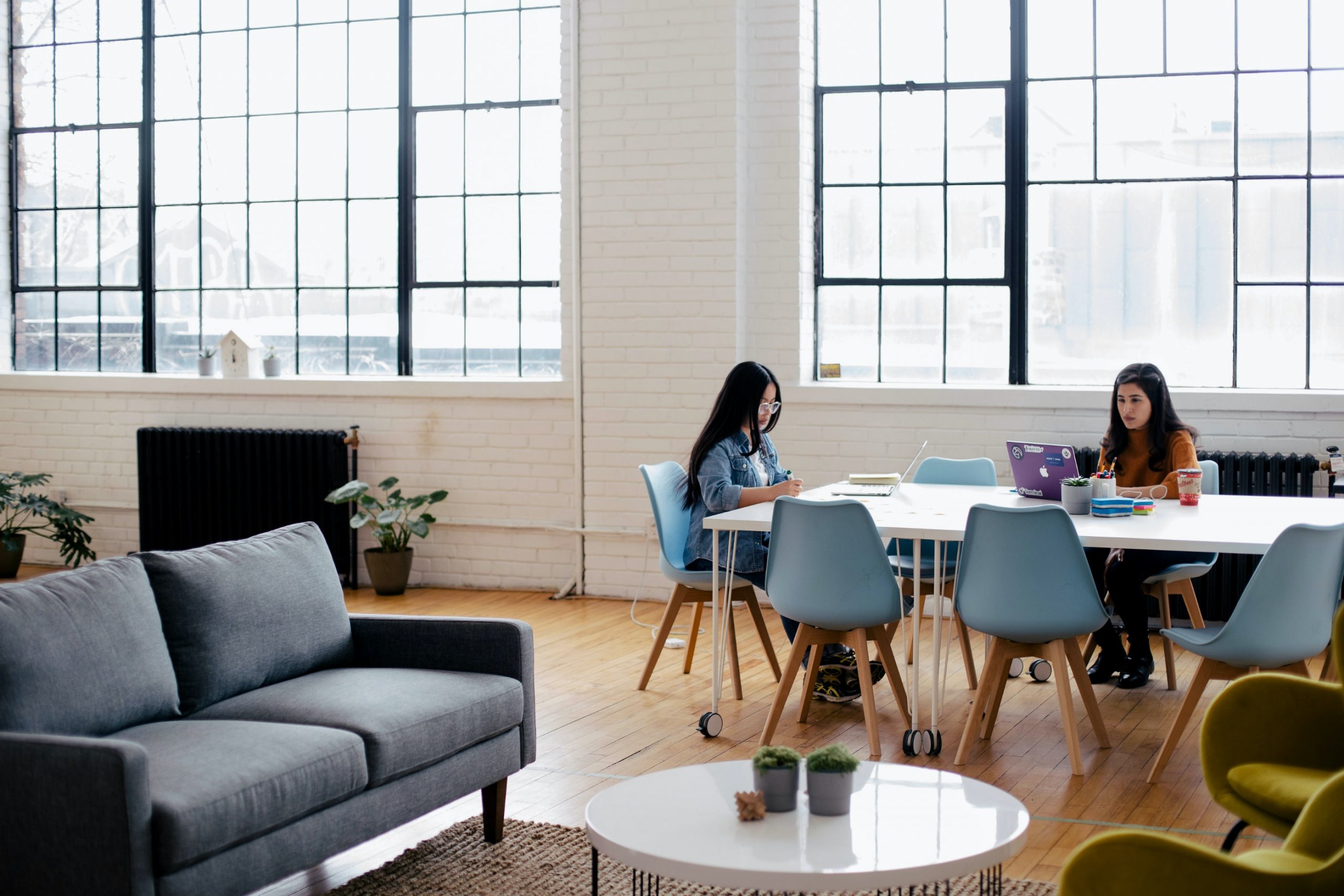Are you a comfort convert? Many employees, having worked at home for more than a year, have retired their shirts and skirts, ties and jackets and opted for comfortable, everyday clothing for working from home.
A recent survey from recruiters Randstad suggests that 30% of those surveyed want to stay this way. Now comfy jumpers and elasticated waistlines have become the norm, why revert to the strictures of tailoring?
Conversely, 24% want to keep formal workwear dress codes.
How do you feel? Do you enjoy having a ‘uniform’ of smart clothes to wear to work, or do you prefer to use your entire wardrobe, feeling that picking out comfortable options make you more productive?

Smart casual remained the preferred dress code for nearly half of the Randstad users surveyed. Smart casual has long been a useful term, fitting varying degrees of office stricture and environment. The fashion industry will have a different iteration of smart casual to the IT sector, for example, and this can even change company to company, brand to brand. Smart casual may mean a tailored skirt and blouse, or smart trousers and open shirt at some companies, whilst it might look more casual elsewhere, with an ‘anything goes’ vibe. Scruffy tshirts and shorts and beach flip flops are perhaps the standout items that wouldn’t fit a ‘smart casual’ definition. 8% of those surveyed said they’d like this sort of attire to be welcome too, wanting dress codes thrown out completely.
But what’s the psychological impact of how we dress to work?
“Clothes affect our behavior and our moods because of the symbolic meaning that we (as a society) ascribe to different types of attire”, this article points out. It’s called “enclothed cognition”. We’ve all heard of power dressing, and Margaret Thatcher’s penchant for shoulder pads, but can the way we dress really change how we are perceived by others, and by ourselves?
“Wearing power clothing makes us feel more confident [possibly because we call it power clothing]; and even increases hormones needed for displaying dominance. This in turn helps us become better negotiators and abstract thinkers.” BrainFodder.org

“Power dressing” isn’t all positive, though. There are plenty of benefits to comfort wear. Whilst another survey does corroborate the above, stating that respondents felt more “competent and authoritative” in formal business wear or business casual, it points out that they felt “more trustworthy and productive” whilst wearing business casual but least “friendly and creative” in formal wear – this was reserved for casual wear.
It depends on the image we want to portray at work then, it seems. Is an aura of authority most important? Or are you in a field where creativity is the pinnacle? Perhaps our workwear choices are more industry-specific than we thought!

The sale of loungewear spiked by 1,303% last year according to data from retailer John Lewis, as we ditched going out for staying in. Formal office clothes are typically pricey and less comfortable – but are you willing for comfort to cost you?
In a recent Randstad US survey, a mammoth 33% of respondents said they would turn down a job offer, or quit their existing job, if formal business clothing was enforced! The same percentage stated that they would go as far as to choose an informal dress code over a $5,000 (£3,600) increase in salary!
Employees certainly associate how they dress with how they work. But how you dress can actually change how you feel! According to Jules Standish, author of How Not To Wear Black, colour can have endocrinal effects on us. Looking at warm bright colours, like red or pink, releases dopamine – the feel-good hormone, she explained. This can improve our mood, heighten our attention span and even boost our sex drive. Bright red also triggers the pituitary and adrenal glands, which can lead to increased metabolism and weight loss. “Cool blues” meanwhile have been linked to the release of oxytocin, prone to make you feel happier and calm.
Humans are quick to judge. It is not only the big differences between, say, formal wear and casual wear, that encourage us to make snap decisions about someone’s capacity at work. This survey suggests that the same judgements are made between a bespoke suit and an off-the-peg suit. The images were judged by onlookers on five dimensions considered important for social and economic interactions – confidence, success, trustworthiness, salary and flexibility. The male in the bespoke suit was judged higher in every single one of these five topics.
So, we really are what we wear! Whatever you or your workplace decides when it comes to workwear, be aware that how you dress can drastically change how you feel about yourself – as well as how you are perceived by your co-workers and clients.